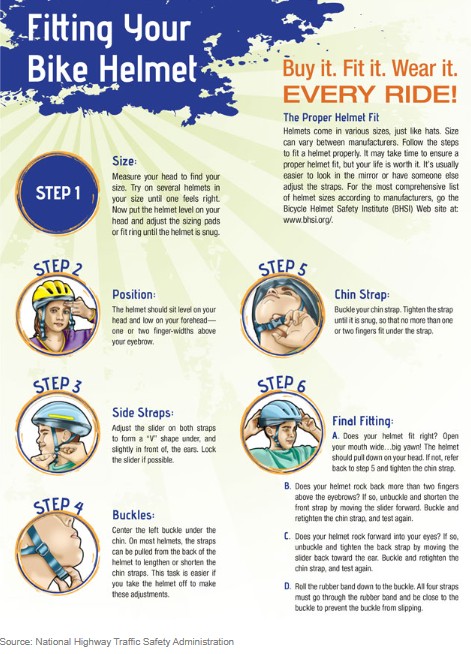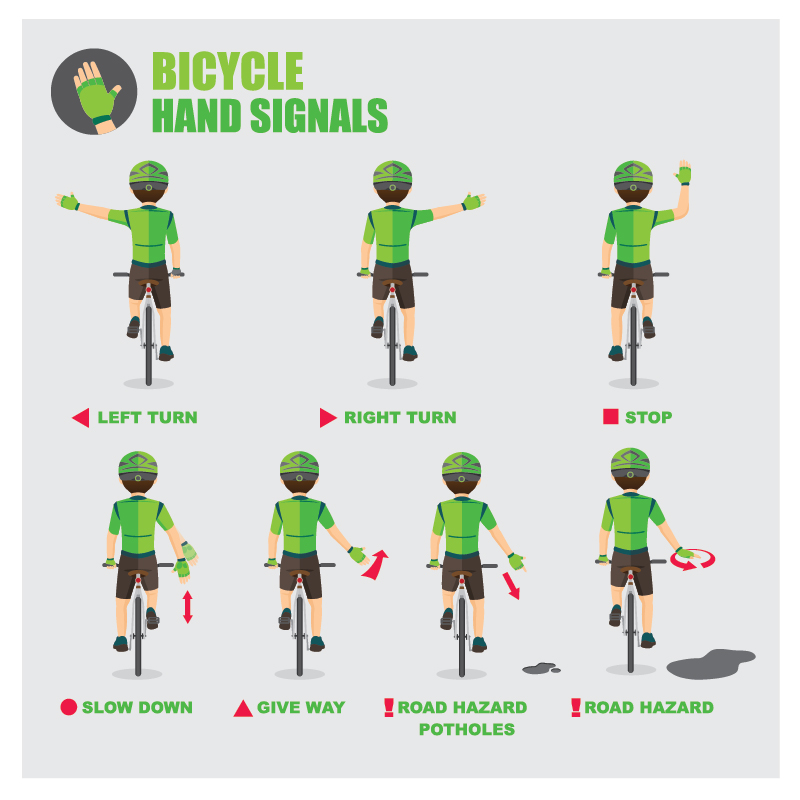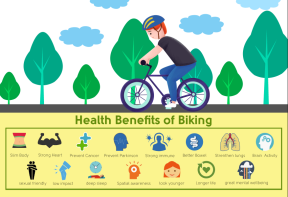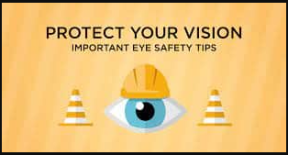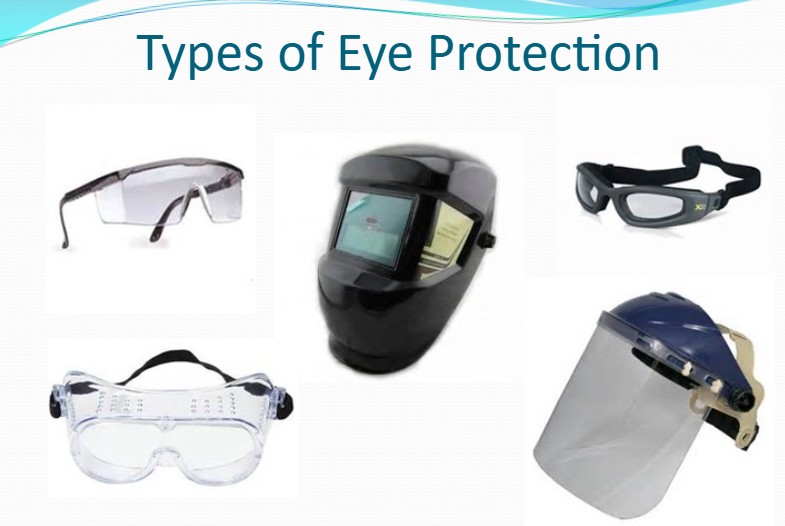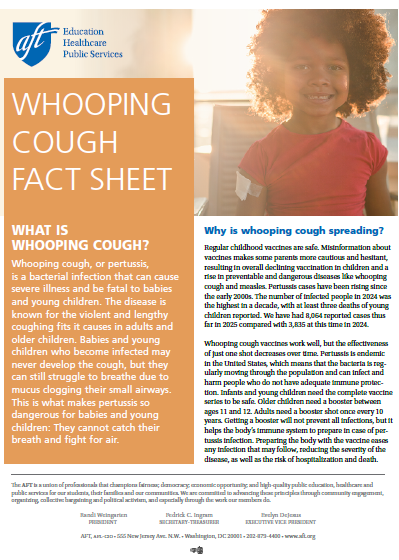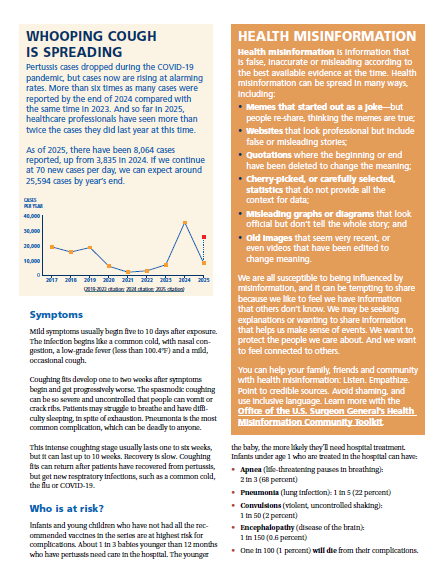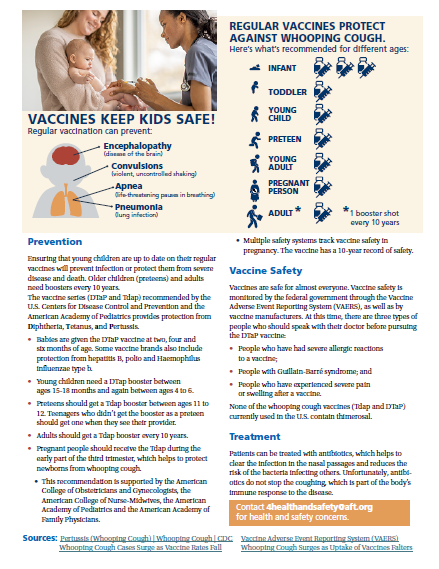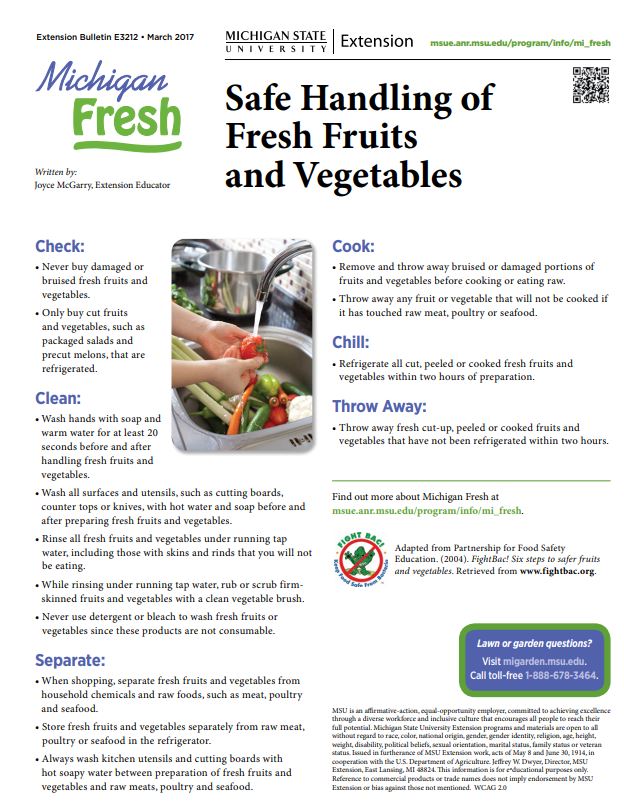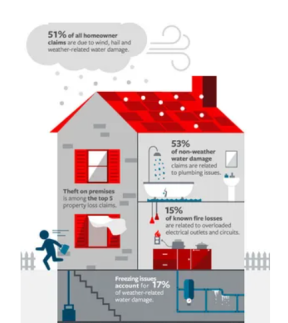it's important to find time to have fun with your family. Many of us get caught up in the daily activities of children, work, and family obligations. Research shows that healthy family relationships encourage security and love. Spending time with family offers the benefits of forming unbreakable bonds.
Here are some publications you can use to find events: Metro Parent, Oakland County Moms, Hour Detroit, Little Guide Detroit, Pure Michigan. Local newspapers and television stations also feature events.
— Picnic in a Pretty Spot
There are so many great picnic spots all around Michigan. How about a breakfast picnic to get outdoors before it gets too hot and at the same time allows you to avoid crowds.
— Enjoy the Water
We are the Great Lakes State so find a beach, municipal pool or a splash pad. Take advantage of the recreational activities you can do on the water.
— Visit Animals at a Local Zoo or Farm
Kids love visiting animal life. These places provide so many learning experiences, too. Animals tend to be more active in the early morning or early evening.
— Get Artsy
Head out to a local museum or view some awesome public artwork for inspiration, then make your own creations at home! Get out your own clay, paints, pencils and supplies to create a masterpiece together.
— Attend Local Concerts
Many municipalities offer concerts in the park for free. Look at community websites for areas close to you and schedule a night out. It's a great way to expose your family to different musical genres.
— Take a Family Hike or Bike Ride
You can’t beat fresh air and some nature exploration! We know it can be hot but you can take a stroll in the early morning or at dusk (take lots of water with you) and pick a spot that takes you near water to cool down.
— Take a Local Family Field Trip
Pop over to Belle Isle or one of the 13 Huron-Clinton Metroparks for some hands-on learning mixed with tons of fun! If you have passports in hand, cross the river to visit another country.
— Go Out for Sweet Treats
Nothing beats a nice cold treat on a hot summer day. Going out for milk shakes, ice cream sundaes or snow cones offers guaranteed smiles for youngest to oldest.
— Plan a Family Game Night
Playing games is a great way to get away from the screens and lead to personal interactions with one another. Choose board games that are appropriate for the entire family. Don't forget outdoor activities such as tag or hide and seek.


